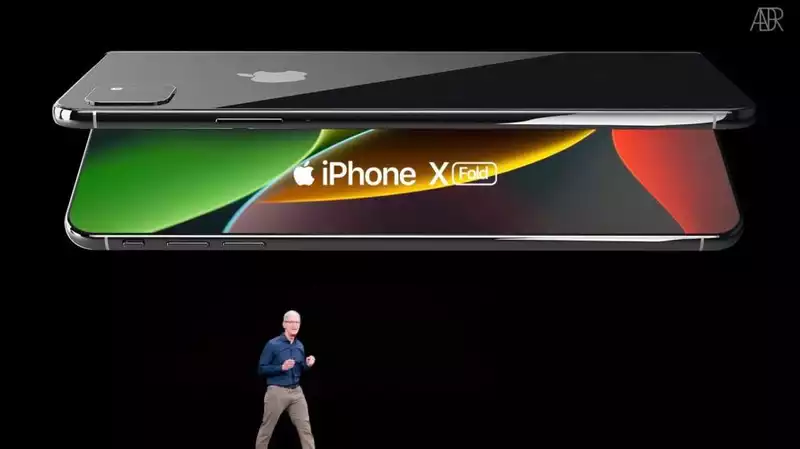Apple is considering following Microsoft's hardware design lead for the next generation of folding iPhones and iPads
At least, if this new patent is a realistic possibility for the final products Looking at the many problems that Samsung, Motorola, Huawei, and other foldable phone makers are having, this may actually be the only path to a foldable device for Apple
A patent found by 9to5mac and registered with the US Patent and Trademark Office describes a system similar to the one used by Microsoft on the Surface Duo and Surface Neo
However, this description takes Microsoft's idea of using two separate displays one step further, eliminating the need for a hinge and replacing it with a magnetic latch system
Indeed, the patent describes multiple electronic devices that "can be used together in a system Each device would be a screen, such as an iPhone or iPad Each screen will have an edge sensor that detects other screens approaching "In response to detection of adjacency between the edges of the first and second devices," the patent states, "the devices can transition from an independent operating mode in which each device operates individually to a joint operating mode in which device resources are shared
In other words, imagine having an iPhone that can automatically expand by adding a secondary screen that can be magnetically attached to the iPhone The patent explains that magnetic components can be used to "bring devices together in various orientations Apple has a lot of experience with the latter, not only with iPad covers, but also with older MacBooks that used magnetic latches to close the screen and connect the charging cable
The Apple patent joins a long list of patents for foldable devices and describes what happens when two screens come together and start talking to each other: "In co-operative mode, images may spread across the device's display and the device's speakers could be used to play different channels of an audio track, cameras and other sensors could be used in cooperation with each other, and other resources could be shared"
In other words, devices recognize each other's capabilities and work together to provide a seamless experience over a larger area
All in all, it sounds Star Trek worthy
At this point, however, the device suffers from the same theoretical shortcomings as the Surface Neo and Surface Duo It remains to be seen if this bezel will be too obtrusive or if people will care at all Certainly, such devices are not designed for watching videos across two screens
However, this type of foldable device is likely to be more durable and functionally flexible than its foldable display counterparts And in the near future, we will see zero-bezel displays using miniaturized micro-LED technology Perhaps it will be time for Apple to jump into this market










Comments